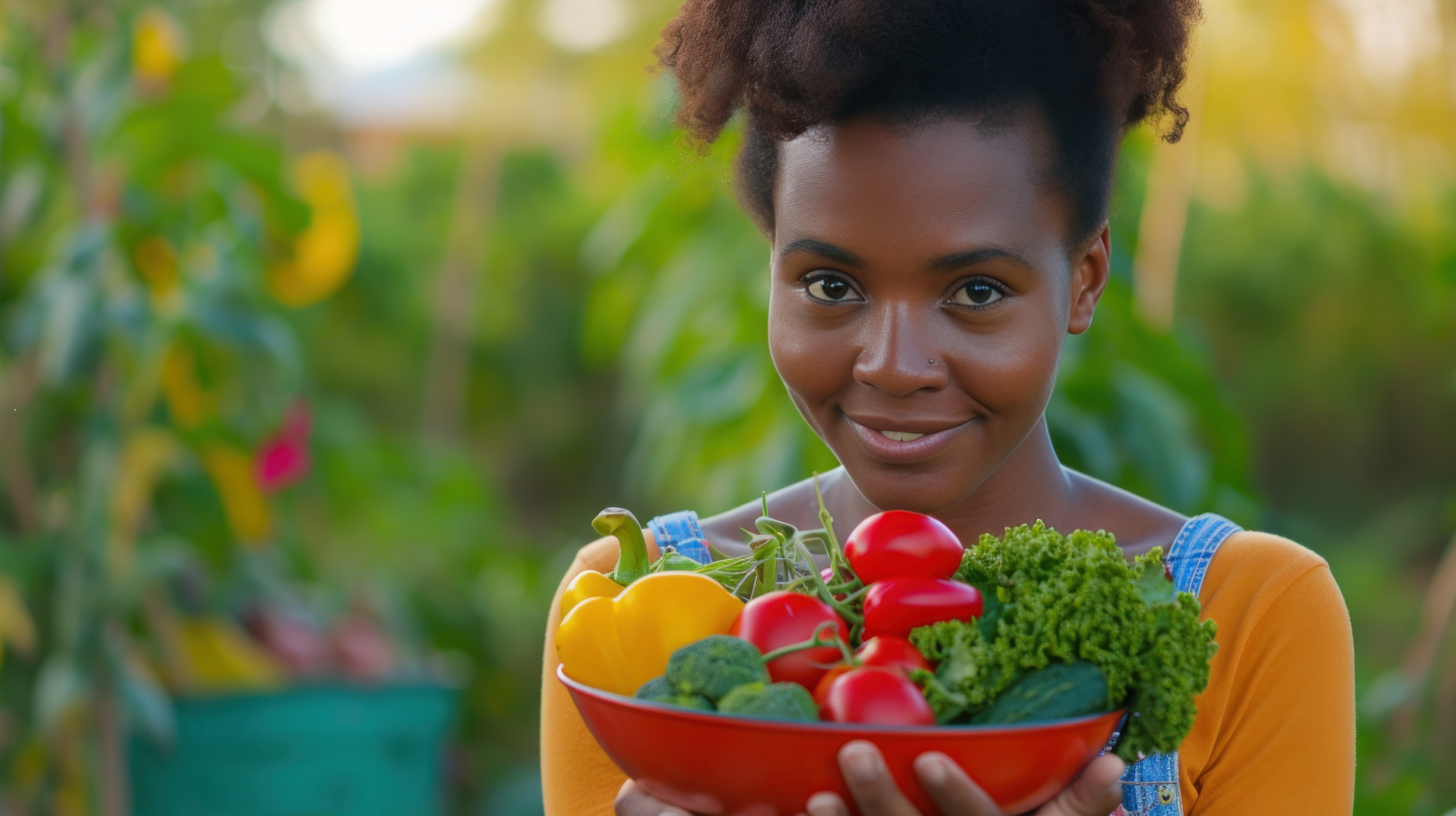Women’s decision-making is a phenomenon in children's nutritional outcomes.
Other content with the tag "Women".

Many impact-oriented initiatives are increasingly recognizing the opportunity to support the private sector to empower women in the workplace and g
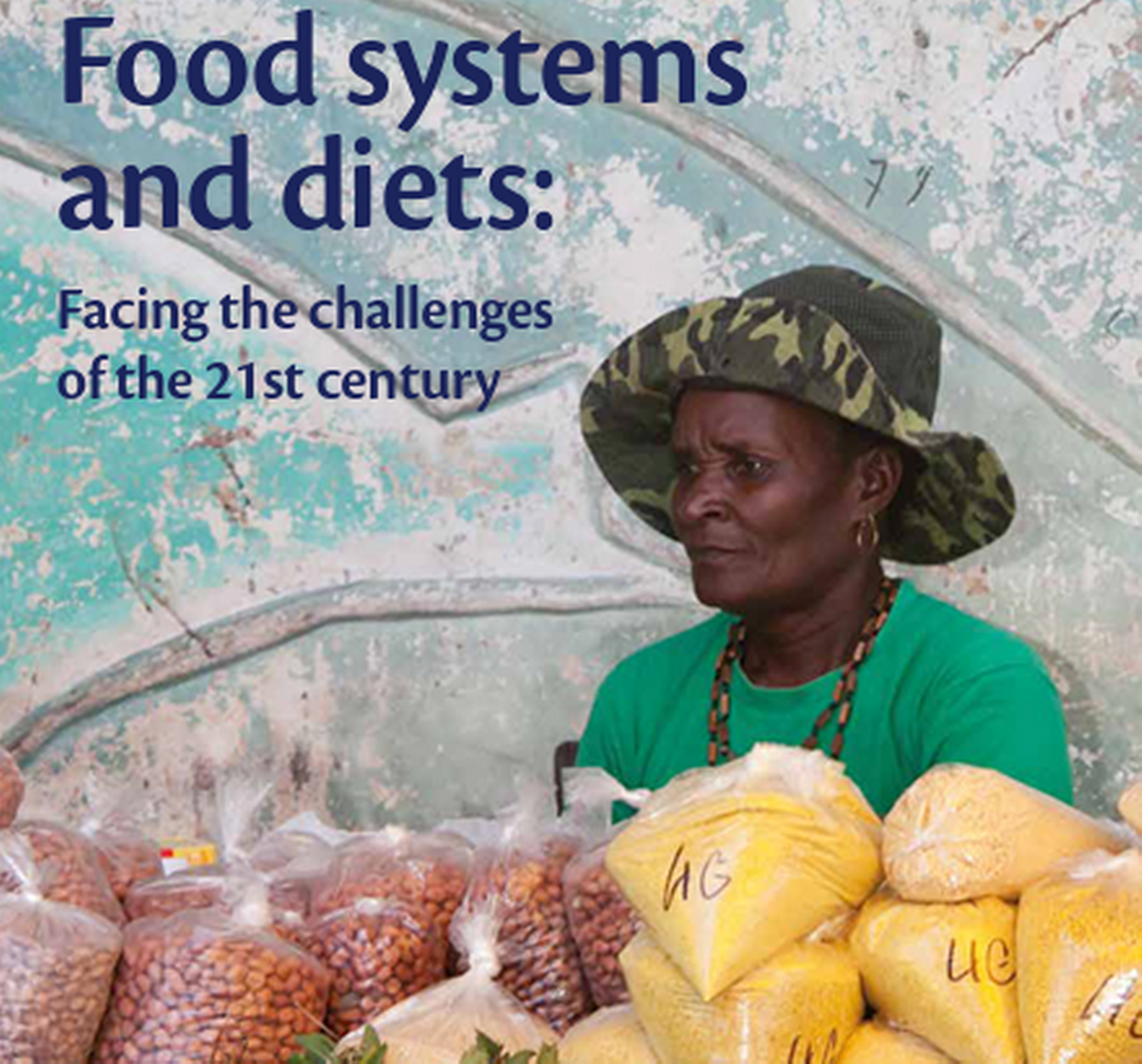
The Global Panel on Agriculture and Food Systems for Nutrition, commissioned this Foresight report in 2015 to t

"We as communities, parents, governments, food corporations, marketers and global citizens have a collective responsibility to put childre

The State of Food Security and Nutrition in the World (SOFI) is an annual report jointly published by the several bodies of the United Nations: Foo
This paper by IDH – Sustainable Trade Initiative gives extensive evidence on how to deliver models that provide service delivery to smallholder far
People’s perception of their ability to meet their needs and the level of autonomy they feel they can exert over their own lives directly correlate
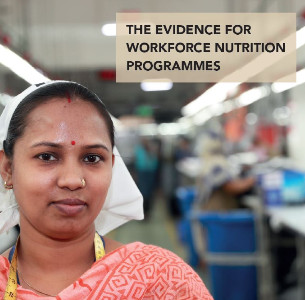
This set of briefs from GAIN provides evidence to support the effectiveness of workforce nutrition programmes.
In this supplement issue of Maternal & Child Nutrition, Helen Keller International (HKI) authors have writte
The Global Alliance for Improved Nutrition’s Marketplace for Nutritious Foods program sparks private sector production and marketing of nutritious
The Global Alliance for Improved Nutrition’s Marketplace for Nutritious Foods program sparks private sector production and marketing of nutritious
The Global Alliance for Improved Nutrition’s Marketplace for Nutritious Foods program sparks private sector production and marketing of nutritious

This short animated video from NutriFish1000 sets out the nutritional benefits of eating small fish in Bangladesh.
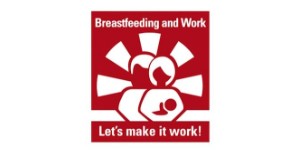
Alive & Thrive and UNICEF created this animated video to show the benefits of a dedicated lactation space for moms in the wor
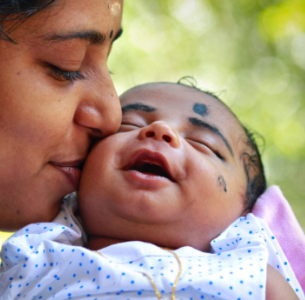
The Breastfeeding Advocacy Toolkit is a collection of advocacy tools aimed at improving policies and financing for the protection, promotion, and s

The readymade garment (RMG) industry significantly contributes to B

The International Agri-Food Network brings together thousands of international companies and national associations under the umbrella of fourteen i
The Center for Strategic and International studies have looked at the impact of Feed the Future Investments in Guatemala.
The Center for Strategic and International studies have looked at the impact of Feed the Future Investments in Bangladesh.
The Center for Strategic and International studies have looked at the impact of Feed the Future Investments in Tanzania.
Sight and Life, DSM, and John Hopkin’s Bloomberg School of Public Health have come together to publish lessons from a four decade partnership.
The growing power of supermarkets comes at a cost.
This public private partnership in Nigeria demonstrates what can be done to improve crop safety and reduce the non beneficial impacts of toxic crop

The Committee on World Food Security is a collaboration of international agencies, civil society, and the private sector focusing on policy issues

Many mothers experience barriers to maintaining a breastfeeding relationship with their infants after returning to work.
Article in Imperial College Business School Forum addressing the space that women have to express breast milk in the workplace in America.

Chapter four of the Global Nutrition Report looks at diets as both a cause and a solution to malnutrition.

Mwanzo Bora was a five-year nutrition programme in Tanzania implemented by Africa care and BBC Media Action with the support of USAID.
Food Fortification in a Globalised World is based on 50 years’ experience across public and private sectors.
Nearly half of India’s population suffer from micronutrient deficiency.
Lindiwe’s personal story leads into an in-depth analysis of supply chain bottlenecks for subsistence farmers.
This Guardian article from 2014 has great relevance to efforts to improve nutrition for women in the workplace.

The Access to Nutrition Index is published by the Access to Nutrition Initiative (ATNI)

Base of the pyramid typically refers to the largest and poorest socio-economic grouping, and it is estimated that people in this ‘category’ spend u
In this policy brief, the Global Panel makes the case that healthy diets are a foundation underpinning positive progress towards the Sustainable De
This report summarizes the findings of a workshop for representatives of the Tanzanian government, development partners, civil society, and private
Written evidence submitted by Farm Africa and Self Help Africa on December 2012 to the U.K International Development Committee.
Health gossip is rife in Indonesia.
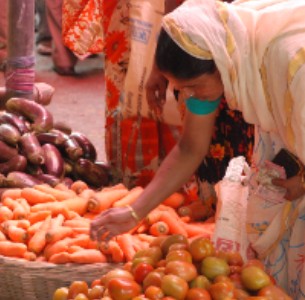
Presentation by the BoP Innovation Centre – an independent foundation created to deliver a one-stop shop for business, investors, and advisors with
A technical briefing for anyone working on behavior change initiatives at scale.
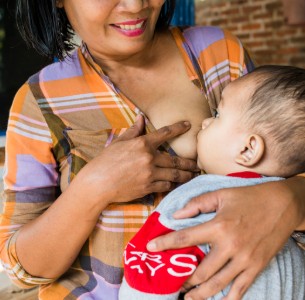
Alive & Thrive is an initiative that aims to improve infant and young child feeding practices by increasing rates of exclusiv
This global mapping has two main sections: An analysis of the overall global status and results of large-scale food fortification and biofortificat
The article discusses the role of the food industry in preventing iodine deficiency.
This 376-page document is WHO’s guidance to countries looking to design and implement food fortification programmes.
This lively blog series by Future Fortified - an online platform to explore micronutrient deficiency, covers a range of topics relating to public p
The WHO database on anaemia includes data by country on prevalence of anaemia and mean haemoglobin concentrations.

This snapshot reports sets out the work of GAIN’s partners to employ food fortification as one way to improve
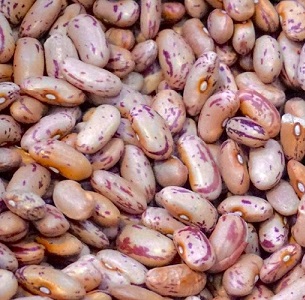
A concise account of lessons learned on salt and iron iodization by world renowned economists, as part of the costs benefit analysis on leading dev
Written by world renowned economists, this paper highlights the cost efficiency of select nutrition interventions and ranks fortification among the
